Smoke Detector Replacement Services
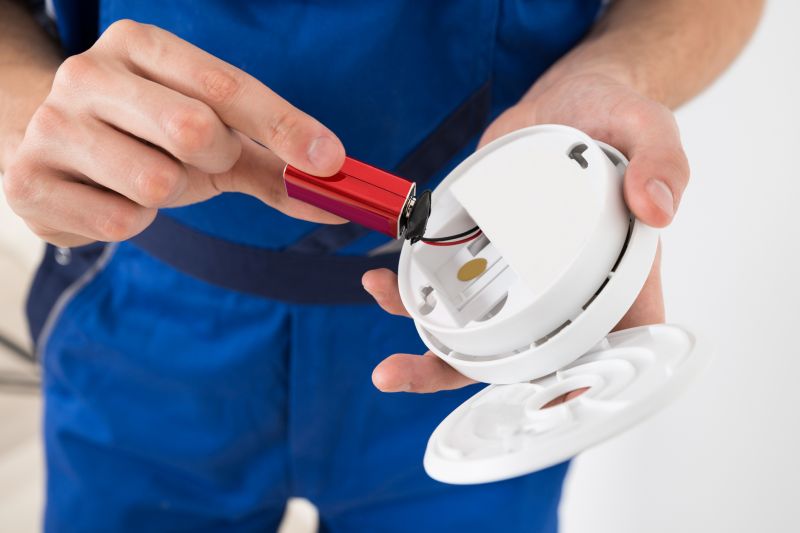
Smoke detectors should be replaced approximately every 10 years to ensure reliable operation.
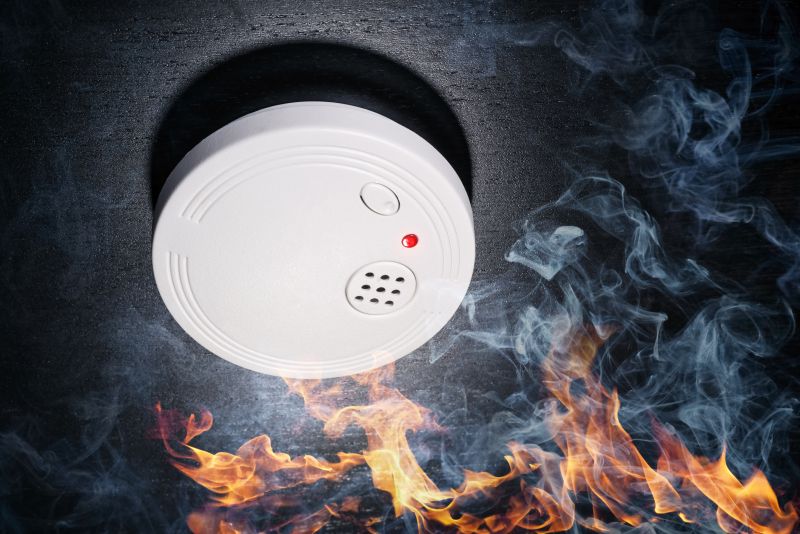
Replace smoke detectors after fire or water damage to maintain safety standards.
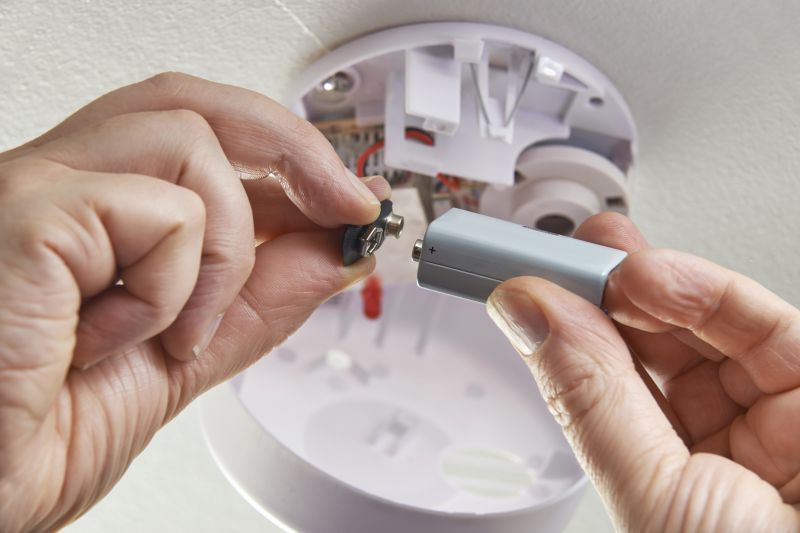
Incorporate detector replacement into regular home safety checks every decade.
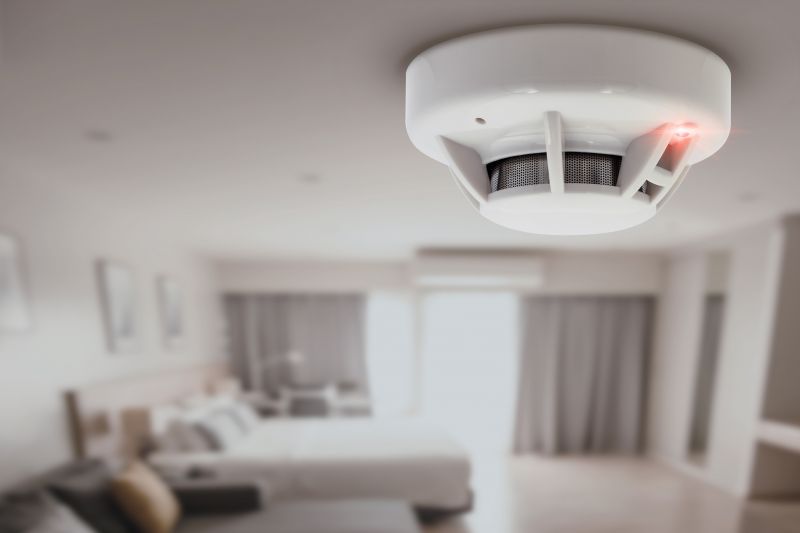
Ways to make Smoke Detector Replacements work in tight or awkward layouts.

Popular materials for Smoke Detector Replacements and why they hold up over time.
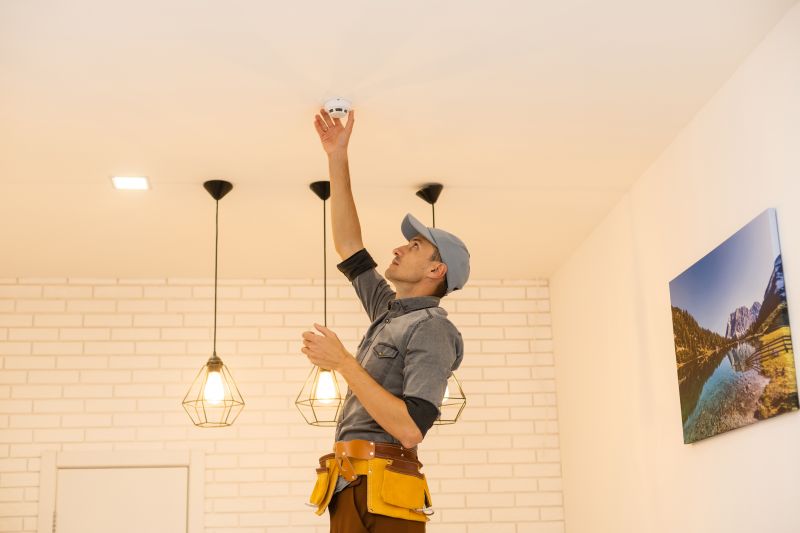
Simple add-ons that improve Smoke Detector Replacements without blowing the budget.
Smoke detector replacements are essential for maintaining effective fire detection in residential and commercial spaces. Over time, sensors can degrade or become less sensitive, reducing their ability to detect smoke promptly. Regular replacement ensures that detectors function correctly, providing early warning and increasing safety. The lifespan of most smoke detectors is about ten years, after which their reliability diminishes significantly. Statistics indicate that properly maintained detectors can reduce fire-related injuries and fatalities by up to 50%.
Environmental factors such as dust, humidity, and smoke exposure can affect detector performance. It is recommended to replace smoke detectors when they emit a chirping alert signaling low battery or malfunction, or during routine safety inspections. Additionally, detectors should be replaced immediately if they have been involved in a fire or have visible damage. Regular testing and replacement are vital components of fire safety protocols.
Frequent false alarms, chirping sounds, or failure to respond during tests indicate the need for replacement.
Replacing detectors every ten years helps prevent false alarms and ensures reliable operation.
Different detectors include ionization, photoelectric, and dual-sensor types, each with specific replacement considerations.
Adhering to local safety codes often requires replacing smoke detectors at specified intervals.
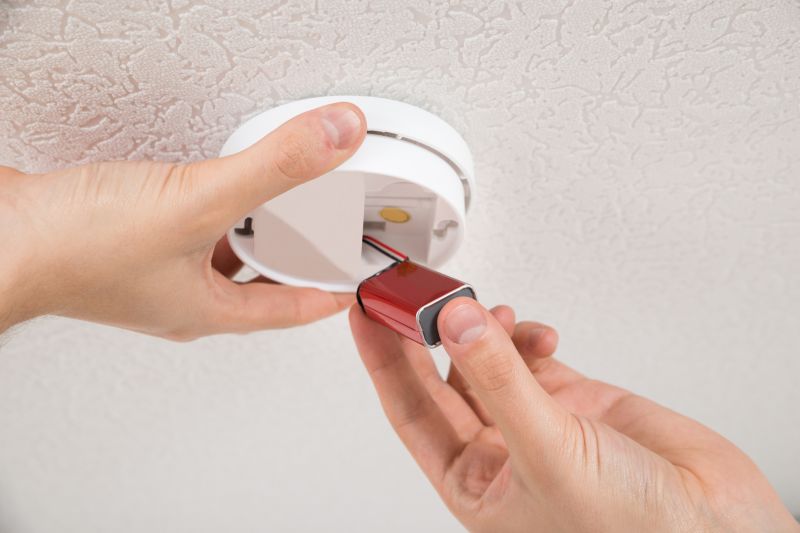
Step-by-step visual guide to replacing smoke detectors safely.
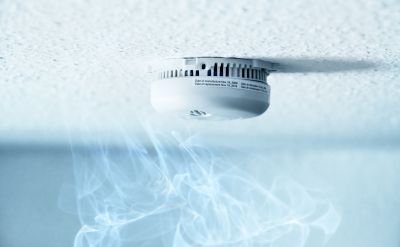
Modern detectors with advanced features for enhanced safety.
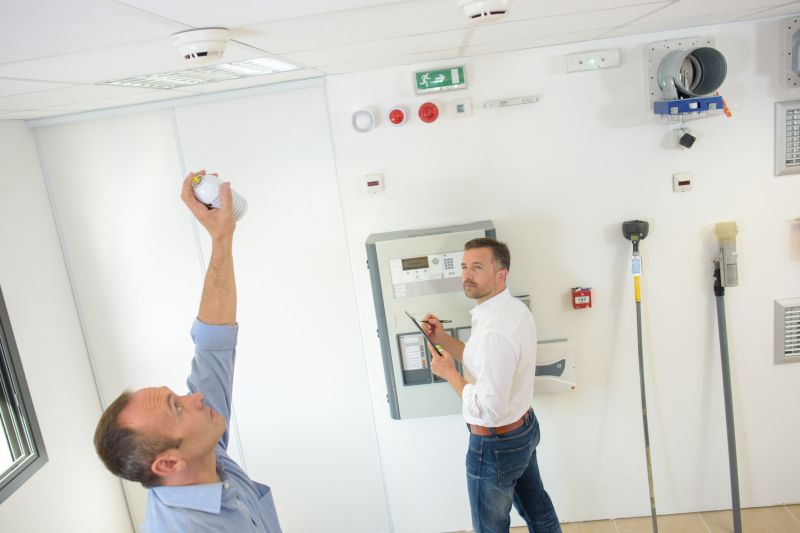
Proper testing procedures to confirm functionality after replacement.
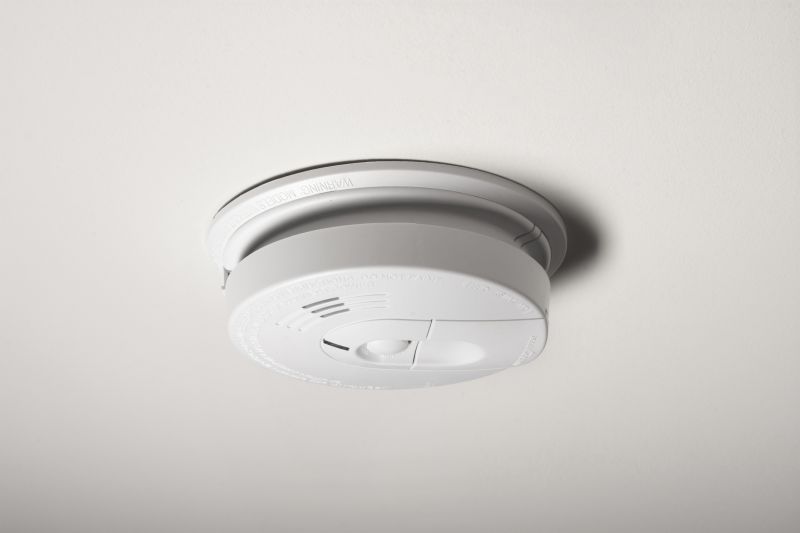
Ensuring detectors are powered correctly for optimal performance.
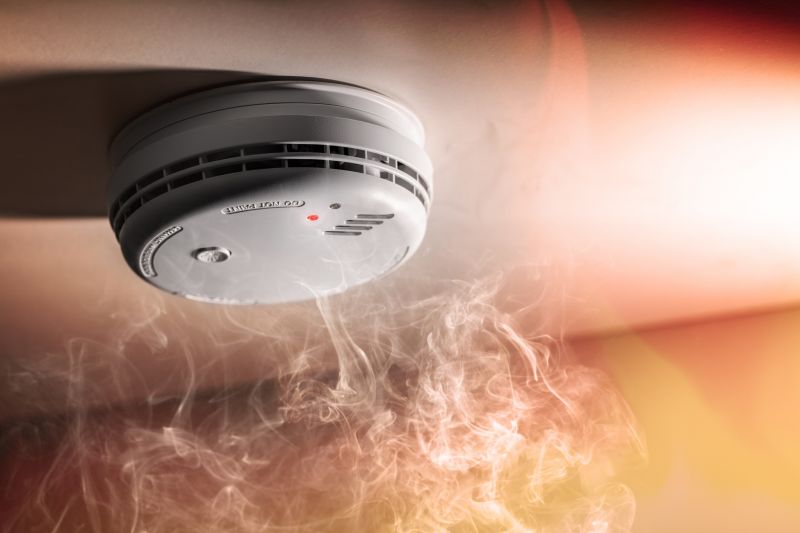
Comparison highlighting improvements in newer models.
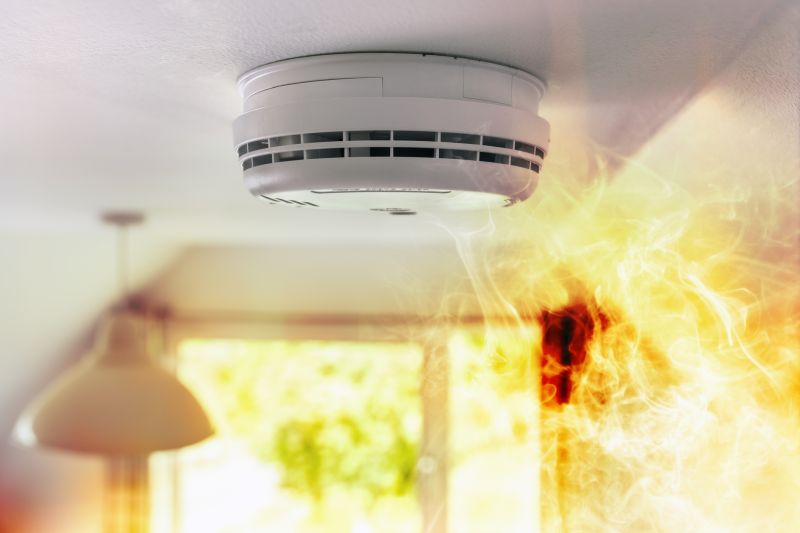
Optimal locations for installation within different rooms.
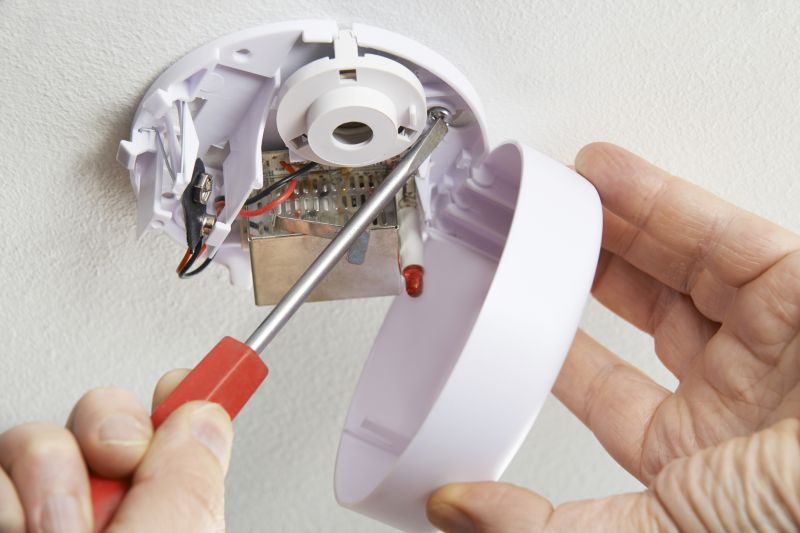
Integration of smoke detectors with other safety devices.
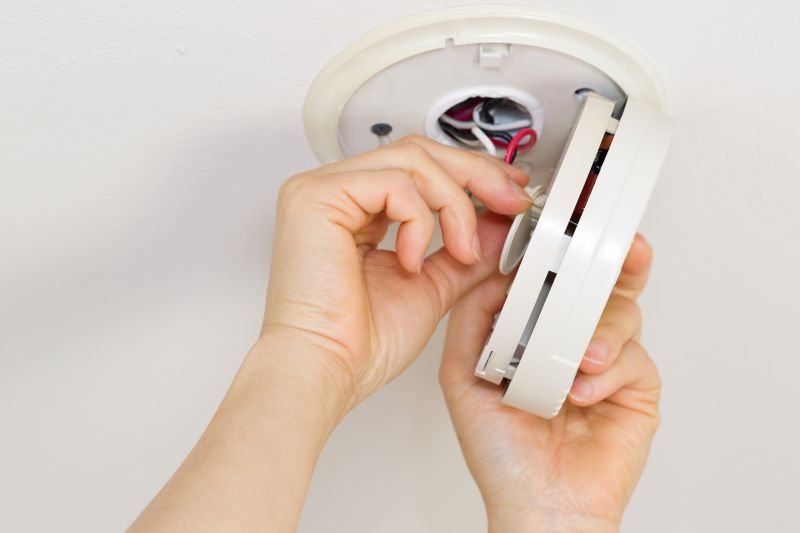
Routine steps to maintain detector effectiveness.

Errors to avoid during installation and maintenance.
| Aspect | Details |
|---|---|
| Recommended Replacement Interval | Approximately every 10 years |
| Signs to Replace Immediately | Chirping, failure to respond, visible damage |
| Environmental Impact | Dust, humidity, and smoke can impair detectors |
| Types of Detectors | Ionization, photoelectric, dual-sensor |
| Legal Requirements | Compliance with local safety codes |
| Benefits of Replacement | Enhanced reliability and safety |
| Common Placement Areas | Bedrooms, hallways, kitchens |
| Testing Frequency | Monthly testing recommended |
Regularly updating smoke detectors is a critical aspect of fire safety. Proper placement, timely replacement, and routine testing help ensure detectors perform optimally. Homeowners and property managers should be aware of the detector's age and condition, replacing units before they become unreliable. Incorporating detector maintenance into annual safety checks can significantly reduce risks associated with fire emergencies.
Interested in upgrading or replacing smoke detectors? Filling out the contact form can provide further assistance and guidance tailored to specific needs. Ensuring detectors are current and functioning correctly is an essential step in safeguarding property and lives.



